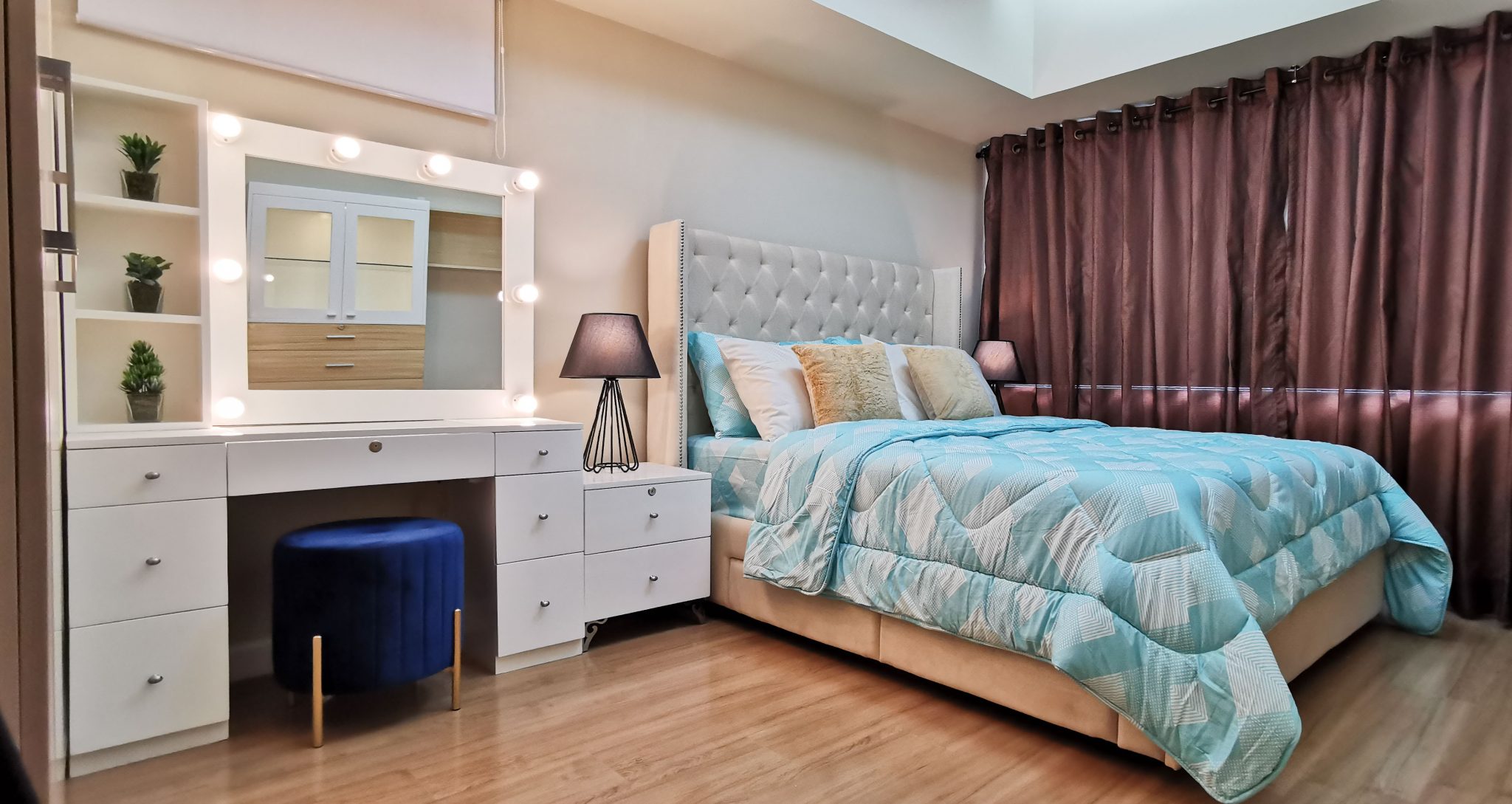The Philippines has been experiencing a rise in condominium living due to urbanization and the increasing demand for modern and convenient living spaces. With this trend, there is a growing need for effective condominium interior design to make the most out of these limited living spaces. When it comes to designing a condominium unit, the key is to maximize every inch of space available while maintaining functionality and aesthetics. One popular design style for small living spaces is the minimalist approach, where the emphasis is on clean lines, neutral colors, and simplicity.
A common challenge for condominium Interior Designers in the Philippines is the limited space available. This challenge requires creative solutions to make the space appear more spacious and inviting. A common technique used by designers is to use colors and mirrors to make a small space look more significant. Another solution is to use multi-functional furniture, such as a sofa that can be converted into a bed or a storage bench that can be used as a seating area.
In terms of furniture, the size of the pieces must be proportional to the size of the room. Oversized furniture can make a room look cramped, while undersized pieces can make the space appear empty. It is also essential to invest in quality furniture that can withstand wear and tear from daily use.
The choice of materials is also crucial in designing a condominium unit. With the humid climate in the Philippines, it is important to use materials that are durable and can withstand high levels of moisture. Wooden furniture, for example, can warp and crack due to humidity. Instead, designers opt for materials such as plastic, metal, and synthetic fibers, which are more resistant to moisture damage.
Lighting is another critical aspect of condominium interior design. Proper lighting can make a space feel more significant and more inviting. Designers often use a combination of ambient, task, and accent lighting to achieve the desired effect. Ambient lighting provides general illumination, while task lighting focuses on specific areas, such as the kitchen or study area. Accent lighting highlights specific features or objects in the room, such as a piece of artwork or a decorative object.
Finally, the design should also reflect the personality and style of the homeowner. While functionality is essential, the space should also be a reflection of the homeowner’s taste and preferences. This can be achieved through the use of artwork, decorative objects, and accessories that speak to the homeowner’s personality.
Designing a condo unit in the Philippines requires careful consideration of several factors, including limited space, functionality, durability, and personal style. With the right approach, designers can create a space that is both functional and aesthetically pleasing, making the most out of the limited living space available in modern condominium living.
